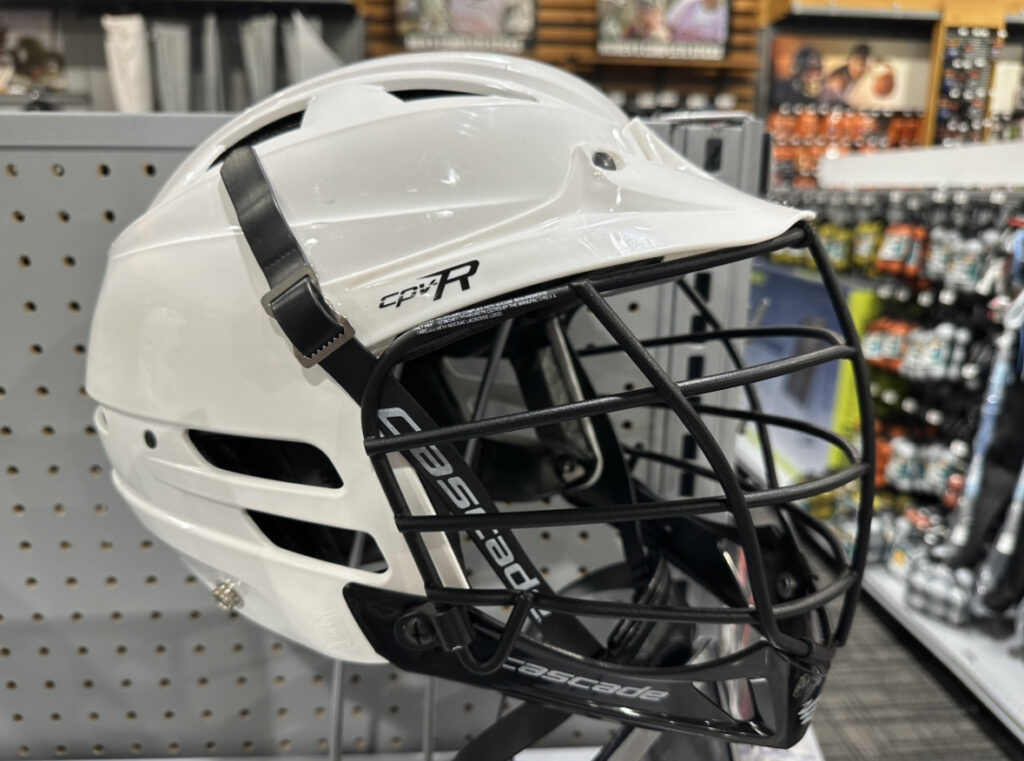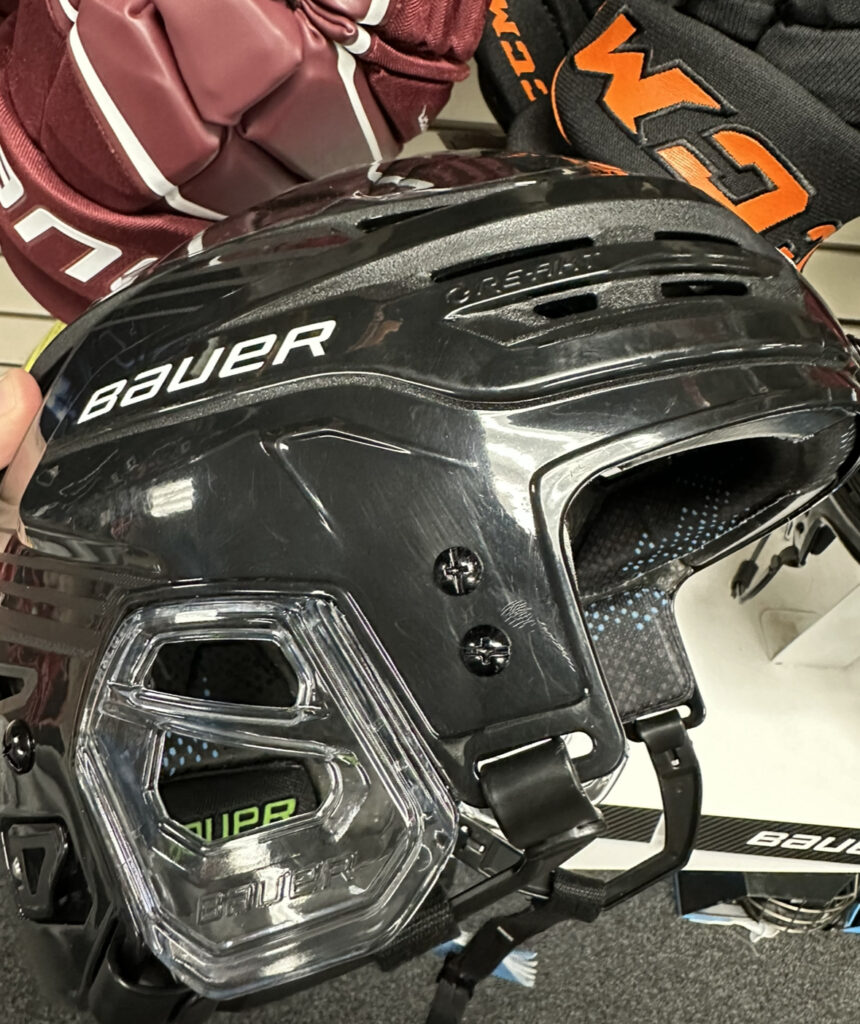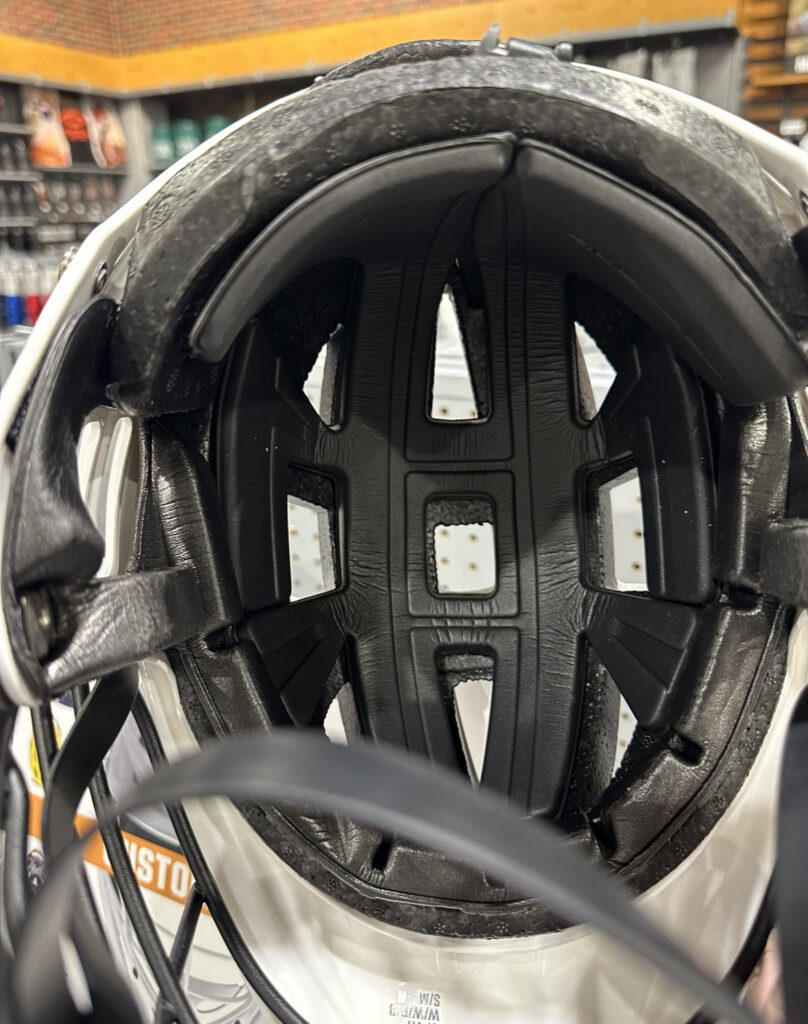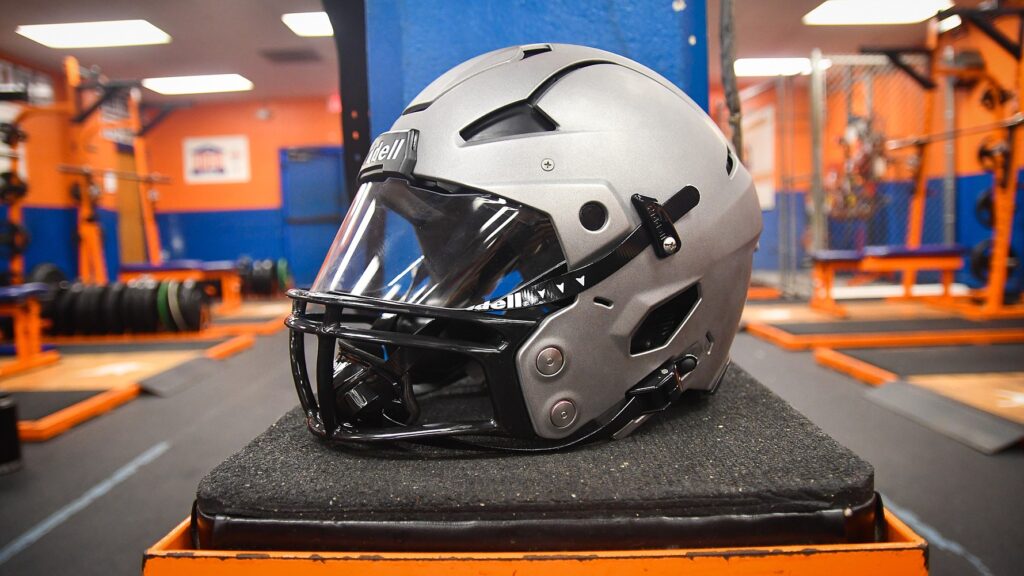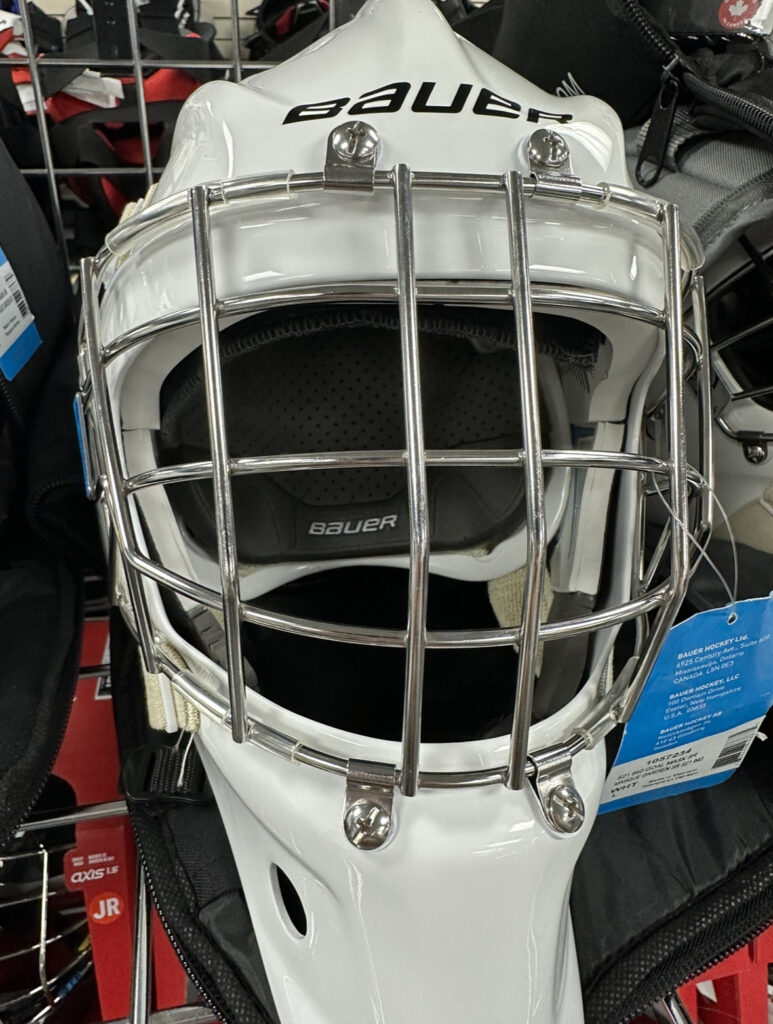
The Long Term Effects of Concussions in Sports, and What is Being Done to Prevent Them
Head injuries have plagued the contact sports world since their inception. There is great risk to suffer injury in any sport, but those that involve collisions are all the more dangerous.
When thinking of concussions in sports, most people would turn to football, and rightfully so. UPMC estimates that 300,000 concussions are suffered as a result of playing football every year. While that is a staggeringly large number, it is merely a fraction of the entire data point.
The same estimate from UPMC states that 1.7 million and 3 million concussions happen in sports every year. Five out of every 10 concussions go unreported, and two out of every 10 contact sport athletes will suffer from a concussion in this calendar year.
I know lacrosse gave me a couple that I didn’t catch.
Ian Marshall
All of these are pretty staggering numbers. 50% of concussions going unreported is concerning. To understand the root of the issue, it’s important to note what a contact sport is. The Oxford English Dictionary defines a contact sport as “a sport in which the participants necessarily come into bodily contact with each other.”
Ian Marshall, a student at the College of Wooster and former lacrosse player, is part of the group that has had an unreported concussion.
“I know lacrosse gave me a couple that I didn’t catch,” Marshall said. “It’s just part of the game.”
Part of the reason that concussions can occasionally be hard to catch is that they vary in severity. Concussions are graded from a scale of one to three, one being the least severe and three being the most.
Grade one concussions are considered minor, and are generally accompanied by difficulty focusing, headache, dizziness and nausea. These are the types of concussions that are most commonly associated with sports, though any can still occur. Dr. William Mudd of the Cleveland Clinic outlined this.
“Every concussion is different,” Mudd said. “I see them come through all the time, and everyone has different symptoms, so ultimately everyone has a different recovery process.”
There is a small amount of grey area as to what sports are included in the collision category, but the four that involve the most contact are ice hockey, football, boxing and lacrosse. Football and boxing are the two sports which experts have the biggest concerns with long-term impact on the brain and body as a whole.
Constant head contact for years and years has started to make CTE more common, which we unfortunately can’t diagnose until after a player has passed.
Dr. William Mudd, MD
An article posted in the Journal of the American Medical Association studied a cohort of 447 former college football players aged 59 to 75 years matched with a group of the same sample size of general members of the population.
The study found that players that played through college have a much higher risk for later-life cognitive impairment, anxiety and depression and neurobehavioral dysregulation, which is simply behavioral changes based on head trauma.
“Football is one of the most common causes of head trauma that we see,” Mudd said. “Every play, what happens? There’s head-to-head contact. Constant contact for years and years has started to make CTE more common, which we unfortunately can’t diagnose until after a player has passed.”
CTE has become one of the more concerning topics in sports since its discovery. It stands for chronic traumatic encephalopathy, and it has taken several players like Junior Seau and Demariyus Thomas at a very young age.
The Alzheimer’s Association defines CTE as a progressive and fatal brain disease associated with repeated traumatic brain injuries, including concussions and repeated blows to the head. It also cites football players as at the highest risk.
Companies like Riddell and Guardian are working hard to create helmets that are better designed to combat head injuries.
In January of 2022, Riddell launched the Axiom helmet. The Axiom was designed to be more flexible when contact occurs to lessen the frequency of concussions.
The Guardian Cap has hit the NFL by storm as well. Essentially, it is a helmet cover that offers extra protection for players taking hits in practice. Manufacturers are making a conscious effort to make the game safer.
On the other hand, hockey and lacrosse have struggled.
Helmet technology in hockey has taken a big step since the creation of the game. In the early days of the NHL, players didn’t even wear helmets, so anything was better than that.
Helmets need a certain type of padding in order to adequately protect against severe head injuries. This is why the Axiom has been so successful in the NFL.
The Axiom scans 285 points on a player’s head. Riddell then analyzes the scans to create a custom fitting helmet that best protects the player against head injuries.
Hockey and lacrosse don’t have anything like that. The padding in the helmets is very rigid and firm and doesn’t offer anywhere near as much protection. It is also very difficult to get ahold of anything tailored for a certain head as well as the Axiom.
I am a little worried that when I’m 40 or so I’ll start to notice the effects.
Ian Marshall
Goaltenders in hockey have especially had issues with concussions in the past, and their helmets have changed marginally since the turn of the century. Patrick Kristo, a former goalie for the Mentor Cardinals, touched on this.
“Our [goalie] helmets aren’t really designed for us to take body blows to the head,” Kristo said. “It’s mainly just there to stop pucks.”
Former players of these two sports in particular have growing concerns about these hits they’ve taken later in life.
“I am a little worried that when I’m 40 or so I’ll start to notice the effects of it,” Ian Marshall said.
Unfortunately, there is no real time to know when to call it quits. Experts say there is not a “magic number,” which goes back to the fact that everyone is affected differently.
The findings of the JAMA study mentioned in this article are clear. Those who played a contact sport through college had a serious increase in health risks as they grew older in life. This serves as a cautious reminder that there still is not a guarantee that contact sports are entirely safe, but they are getting safer thanks to products like the Riddell Axiom and the Guardian cap.
Passion also plays a major role. Players like Andrew Luck know their limit, but he can’t speak for everyone. Players have to look out for themselves too.
